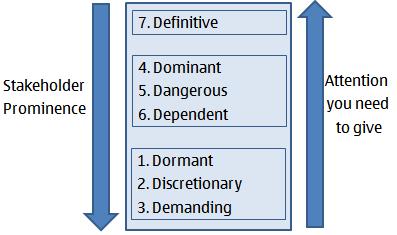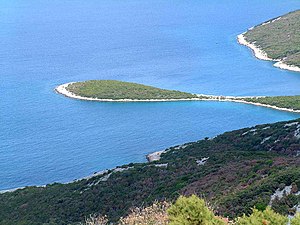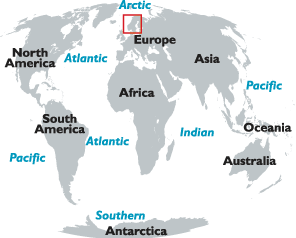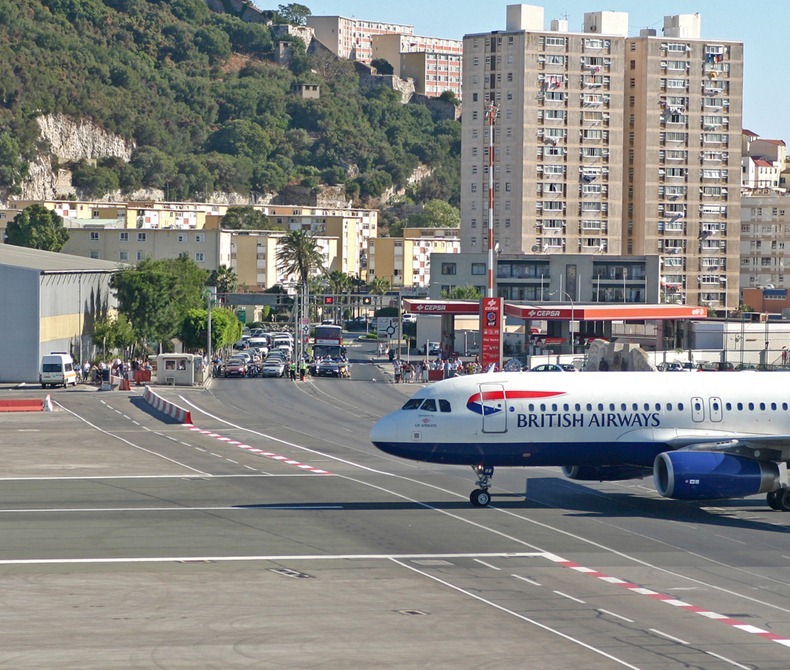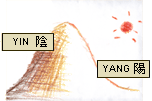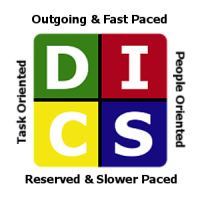Alpha male is a term used in describing any group or society of animals that live closely together and have a dominant leader.
Alpha dog is often used in both domesticated breeds of dogs and in wolf societies to express the leadership characteristics of the dog to which all other dogs defer. There are also
alpha females or leading females in many pack animal societies (including human societies), with the
alpha female having dominance over all females in the pack and possibly some of the lower beta males or omega males.
In human societies
alpha male can mean very different things. Some use the term to mean the guy who seems most at ease with women and can essentially marry or date any woman of his choice. In this sense the
alpha male is often good-looking, has a great build, and may have a relatively high socioeconomic status. These distinctions may be less noticed in human groups like high school settings. Generally the
alpha male (or a group of
alpha males) are the cutest guys, usually muscle-bound, sometimes the “jocks,” while beta males may be less assured around females and may participate in less “
male” activities.
The guys who join math teams or play chess at lunch are usually the beta males and may be thought less attractive by girls. It should be noted that “nerds” (and here we use the term fondly and affectionately), are becoming increasingly popular. As long-term mates or “boyfriends,” they stereotypically on average tend to be nicer and more respectful toward girls. This article also does not imply that all attractive males are necessarily
alpha.
Alpha males are more about exhibiting traits that are essentially masculine or “macho.” Many attractive males are beta to the core when it comes to relating with people.
In work settings, the
alpha male may be a natural leader, exuding confidence. But he also may be contentious, demanding and difficult to work with. This is thought to be in part due to the
alpha male attempting to retain his stature, however unconsciously, as
alpha. Being the top salesperson, the quickest worker, the most aggressive boss may contribute to remaining at the top, and the
alpha male has a tendency to respond aggressively to any attempts by others to outshine him.
This is true in non-human settings too. The
alpha male is continually being tested to see if he remains dominant and may need to stage pitched fights with upcoming males in a group to remain “top dog.” In the human setting, the
alpha male usually doesn’t fight physically, but instead acts with language, brusque or dismissive behavior, or with other tactics to remain at the top.
Though leaders in a company are excellent to have,
alpha male characteristics in the workplace may not always be seen as positive.
Aggression and disregard for others are not necessarily inspiring. Some people better lead by being “beta” and having good communication skills, sensitivity toward others, and downplaying their strengths so they can showcase the strengths of others.
In adult social settings,
alpha males again may be judged not so much by aggression, but by their ability to get the most attractive women as mates. This is the primary reason for
alpha behavior in other animals.
The
alpha male in adult society is likely to be confident, attractive, and wealthy. Questions remain as to whether the
alpha male can retain mates, since relationships often require ability to compromise, to discuss feelings and to be sensitive. Some
alpha males have these characteristics typically thought of as beta, but many of them lack such traits. You can certainly point to prominent
alpha males in our society who seem to have poor track records with women, either involving themselves in a succession of failed relationships or marrying one woman after another, with no marriage lasting for very long.


